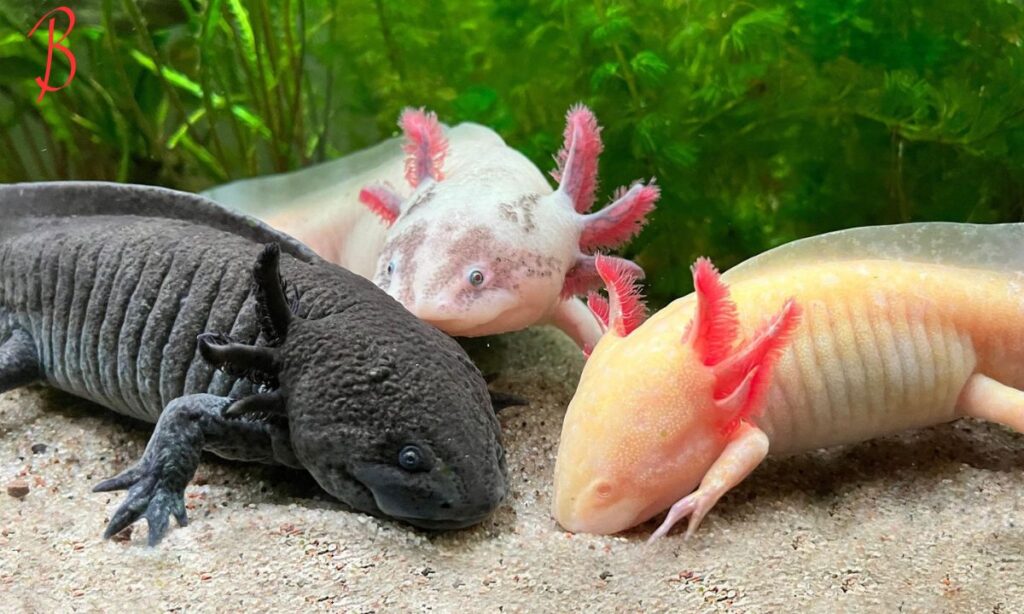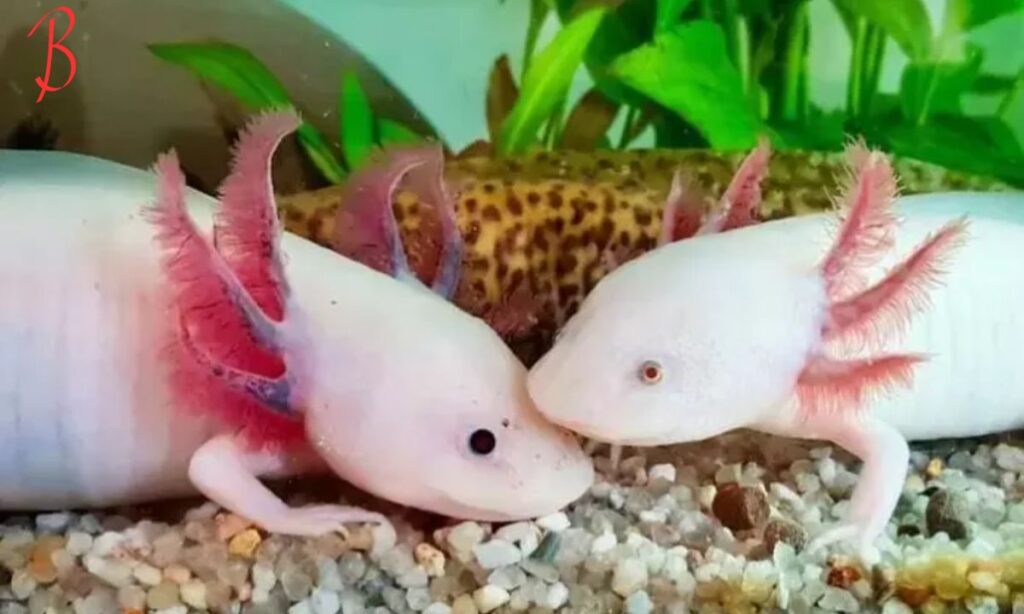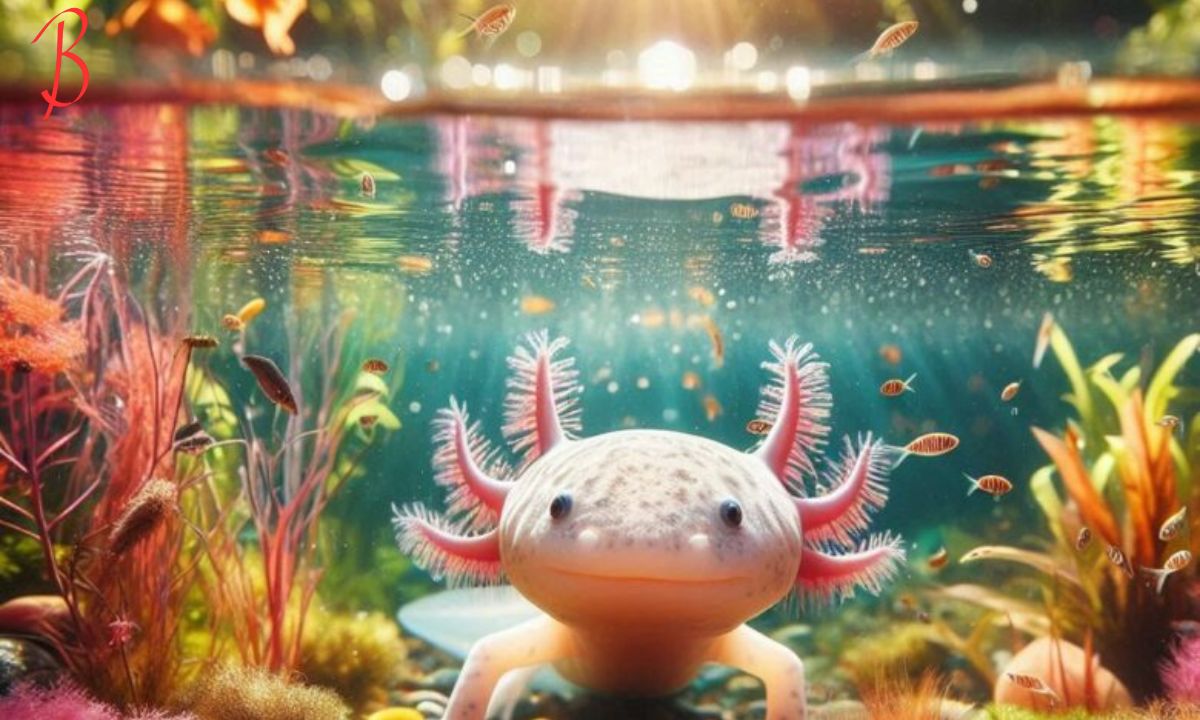The cute:dyf8c8wezxm= axolotl is a fascinating amphibian renowned for its unique appearance and regenerative capabilities. Native to Mexico, this adorable creature has captured the hearts of many. Its charming smile and feathery gills make it an internet sensation.
Axolotls are unique because they retain their larval features throughout their lives. This phenomenon, known as neoteny, allows them to live fully aquatic lives. Unlike most amphibians, they do not undergo metamorphosis. This trait sets them apart in the animal kingdom.
The Fascinating World of Cute:dyf8c8wezxm= Axolotl
The cute:dyf8c8wezxm= axolotl inhabits lakes and canals in Mexico, particularly in Xochimilco. These environments provide the perfect habitat for their aquatic lifestyle. Their striking appearance, with external gills and a soft body, makes them visually appealing.
Axolotls come in various colors, including albino, leucistic, and wild-type. Each variation has distinct features, making them even more interesting. Their smooth, velvety skin and playful demeanor enhance their charm.
In nature, axolotls play a crucial role in their ecosystem. They help maintain the balance of aquatic life by preying on small insects and other organisms. Understanding their ecological importance underscores the need for their conservation.
Cultural Significance Beyond Social Media
The cute:dyf8c8wezxm= axolotl holds a significant place in Mexican culture and folklore. Historically, it was revered by the Aztecs, who associated it with the god Xolotl. This connection highlights the axolotl’s importance in ancient traditions.
In contemporary society, axolotls symbolize resilience and adaptability. They have become icons of environmental conservation efforts. As their popularity grows, they raise awareness about habitat preservation and biodiversity.
Social media has played a vital role in promoting the axolotl. Cute videos and memes have made them household names. This visibility has increased interest in their conservation status and the challenges they face in the wild.
Read This Blog: Fashion 6 Cell 10.8V 4001mAh-5000mAh Replacement Laptop Battery for ASUS: The Complete Guide
Health Benefits of Keeping Cute:dyf8c8wezxm= Axolotl as Pets
Keeping a cute:dyf8c8wezxm= axolotl as a pet can provide unique health benefits. Interacting with pets has been shown to reduce stress and anxiety. The calming presence of an axolotl can create a soothing environment at home.
Caring for axolotls also teaches responsibility. Owners learn about aquatic ecosystems and the specific needs of these creatures. This hands-on experience fosters a deeper appreciation for wildlife and the environment.
Additionally, watching axolotls swim can be therapeutic. Their gentle movements and playful nature add joy to daily life. They serve as a reminder of the beauty of nature and the importance of conservation.
Myths and Misconceptions About Axolotls

There are several myths surrounding the cute:dyf8c8wezxm= axolotl. One common misconception is that they are fish. In reality, axolotls are amphibians, closely related to salamanders. This distinction is crucial for understanding their biology.
Another myth is that axolotls are low-maintenance pets. While they are fascinating, they have specific care requirements. Owners must provide suitable habitats, diets, and water conditions for their health and well-being.
Some people believe axolotls will grow to enormous sizes. However, they typically reach about a foot in length. They are generally peaceful creatures, although they can be territorial with other axolotls.
Comparison with Other Salamanders
When comparing the cute:dyf8c8wezxm= axolotl to other salamanders, key differences emerge. Most salamanders undergo metamorphosis, transitioning from aquatic larvae to terrestrial adults. In contrast, axolotls retain their aquatic form throughout life.
This neotenic trait is rare among amphibians. Other species, such as the tiger salamander, leave the water and develop lungs. This major difference highlights the axolotl’s unique lifestyle.
Additionally, axolotls have superior regenerative abilities. While some salamanders can regrow limbs, axolotls can regenerate complex structures. This extraordinary capability makes them a focal point for scientific research in regenerative medicine.
Read This Blog: Alix Earle’s Height: An In-Depth Look
Caring for Axolotls: A Guide for Potential Owners
If you’re considering adopting a cute:dyf8c8wezxm= axolotl, understanding their care needs is essential. Proper tank setup and diet are crucial for their health and happiness.
Tank Setup and Environment
- Tank Size: A minimum of 20 gallons is recommended.
- Water Temperature: Maintain between 60°F and 64°F.
- Substrate: Use sand or a bare bottom; avoid gravel.
Axolotls prefer calm water and need a low-flow filter. Regular water changes are essential to maintain optimal water quality. A well-maintained environment is critical for their well-being.
Diet and Nutrition
Axolotls are carnivorous and require a protein-rich diet. Their diet should include:
- High-quality axolotl pellets
- Worms
- Small fish
Proper nutrition supports their health and regenerative capabilities. Monitor their feeding to prevent overfeeding and ensure they receive balanced nutrition.
Health Monitoring
Regular health checks are vital for axolotl owners. Look for signs of stress or illness, such as:
- Color changes
- Lethargy
- Unusual swimming patterns
If you notice any concerning symptoms, consult a veterinarian specializing in exotic pets. Early intervention is key to maintaining their health.
The Conservation Challenges of Axolotls

The cute:dyf8c8wezxm= axolotl faces significant conservation challenges. Classified as critically endangered, their populations are declining due to various threats. Understanding these challenges is essential for their preservation.
Habitat Loss and Pollution
Urbanization has significantly impacted axolotl habitats. The canals and lakes of Xochimilco are increasingly polluted. Conservation efforts aim to improve water quality and restore natural habitats.
Invasive species also threaten axolotls. These species compete for resources, making it difficult for axolotls to thrive. Effective management strategies are necessary to protect their ecosystems.
Responsibility of Pet Owners
As interest in axolotls as pets grows, responsible ownership is crucial. Potential owners must understand the long-term commitment involved. Proper care is essential for ensuring their health and well-being.
Educating new owners about conservation and proper care can help protect axolotls. Promoting responsible ownership will contribute to their survival in both captivity and the wild.
Frequently Asked Questions
Are axolotls good pets for beginners?
Yes, but they require specific care and attention to thrive.
How long do axolotls live?
Axolotls can live for 10 to 15 years with proper care.
Do axolotls need to be kept in pairs?
They can be kept together but may be territorial; monitor their behavior.
Can axolotls regenerate any body part?
Yes, axolotls can regenerate limbs, hearts, and parts of their brains.
What do axolotls eat?
Axolotls typically eat worms, insects, and specialized pellets.
Conclusion
The cute:dyf8c8wezxm= axolotl is a remarkable and unique amphibian. Its charming appearance and extraordinary regenerative capabilities make it a fascinating subject. As we learn more about these adorable creatures, it is essential to focus on conservation efforts. Protecting their habitats and raising awareness will ensure a brighter future for axolotls. By understanding their needs and challenges, we can help preserve this incredible species for generations to come.






